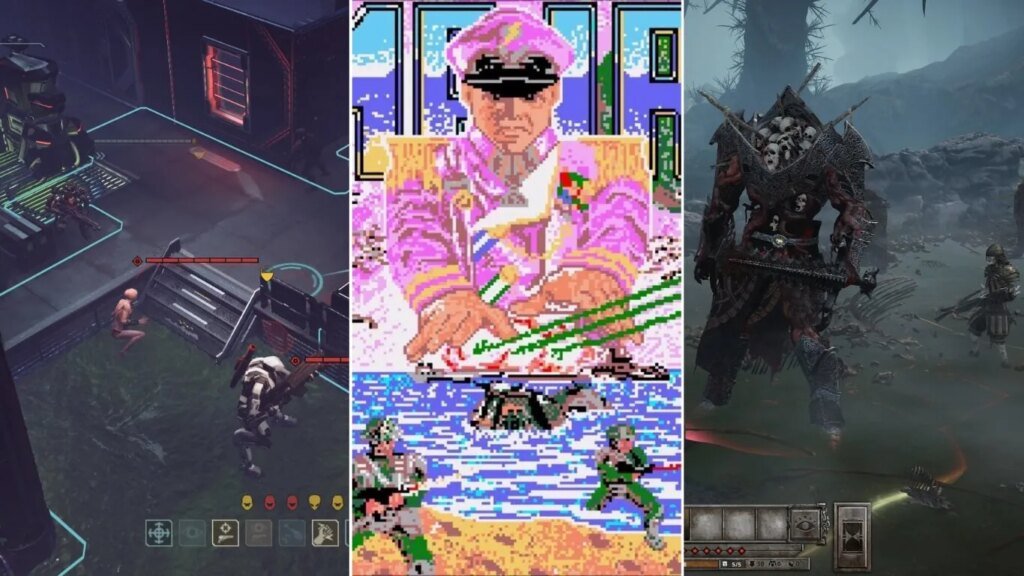
Turn-based strategy games that defined my playtime – classics and modern hits I keep returning to.
This is my first article for Turn Based Lovers, and I’m probably the oldest reviewer on the team. I’ve been playing PC strategy games since the late ’80s. To baptize my arrival, I’m counting down my ten favorite turn-based games of all time.
These are personal picks, not gospel, so don’t freak out if yours don’t match. These are the games that kept me up until sunrise, made snow days feel like holidays, and, if I’m honest, played a small role in why my first marriage only lasted three years.
I got my first computer back in 1986, a chunky Samsung PC with 640K of RAM, a 10-meg hard drive, and a CGA graphics card.
For anyone under forty, CGA meant four colors. That’s right, just four. And I thought it was breathtaking. When EGA dropped with sixteen colors, I was floating in gamer nirvana. VGA arrived with a whopping 256 colors, and my brain just about exploded.
I was hooked on games, especially strategy titles, but back then, you didn’t grab them online. You drove to a store, stared at the box art, read the blurb, and took your chances.
If the game turned out to be garbage? Good luck getting a refund; piracy paranoia meant returns were dead on arrival. Sure, PC magazines previewed games, but until you played, you never really knew. I bought my fair share of duds.
Still, I wouldn’t trade growing up in the ’70s and ’80s for anything. Those decades were magic, except when it comes to how easy gaming is today. Now you’ve got Steam refunds, two-hour trials, and hundreds of streamers showing you exactly what you’re buying. These days, you can be almost certain a game fits you before you spend a dime. Almost.
I loved computer games so much that I wanted to have every game on every platform. So, on top of my PC, I bought a Mac and an Amiga, because apparently one expensive hobby wasn’t enough. Looking back, yeah…I was completely nuts. Let’s get to it.
#10 – Warlords (1990)
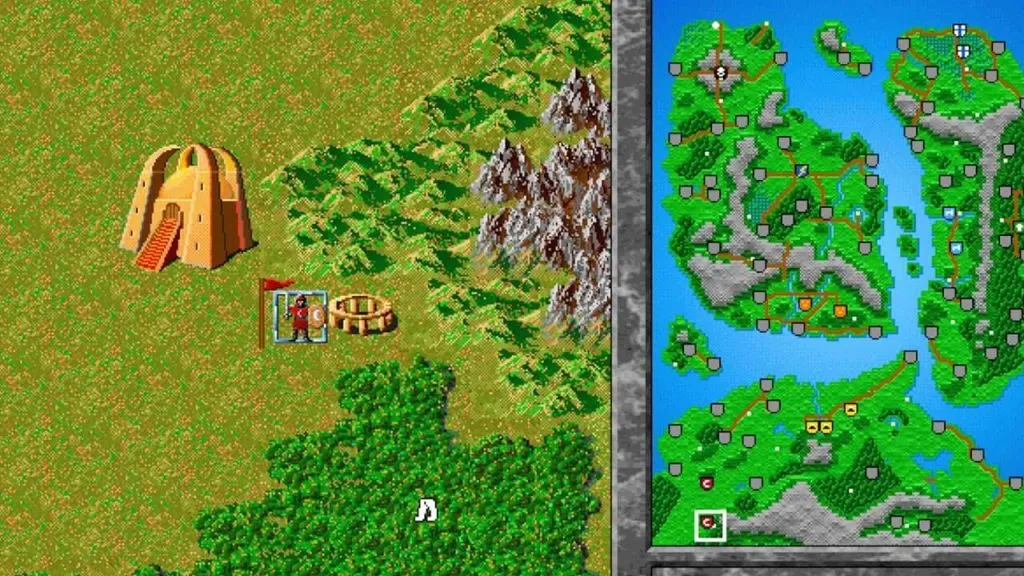

At number ten sits a legend: Warlords, the fantasy strategy classic that dragged me out of Empire: Wargame of the Century and straight into the mythical land of Illuria.
Eight rival factions, the Sirians, Gray Dwarves, Orcs of Kor, and more, scrambled for power while you shuffled armies across the map, managed cities, and sent heroes navigating through ruins for relics and artifacts.
The goal was simple but brutal: capture or raze two-thirds of Illuria’s cities to claim victory. Add in hot-seat multiplayer for up to eight players, and you had the perfect recipe for late-night trash talk and quiet rivalries. Even the computer AI had teeth, punishing sloppy moves like a seasoned general.
By today’s standards, the graphics are laughable, but back then they looked incredible. None of us knew better, and honestly, we didn’t care. Controlling an empire, crushing your neighbors, and watching your banner crawl across the map was pure adrenaline.
If Warlords were remade with modern visuals, I’d buy it in a heartbeat… and probably disappear from society for a month.
#9 – The Lamplighters League (2023)
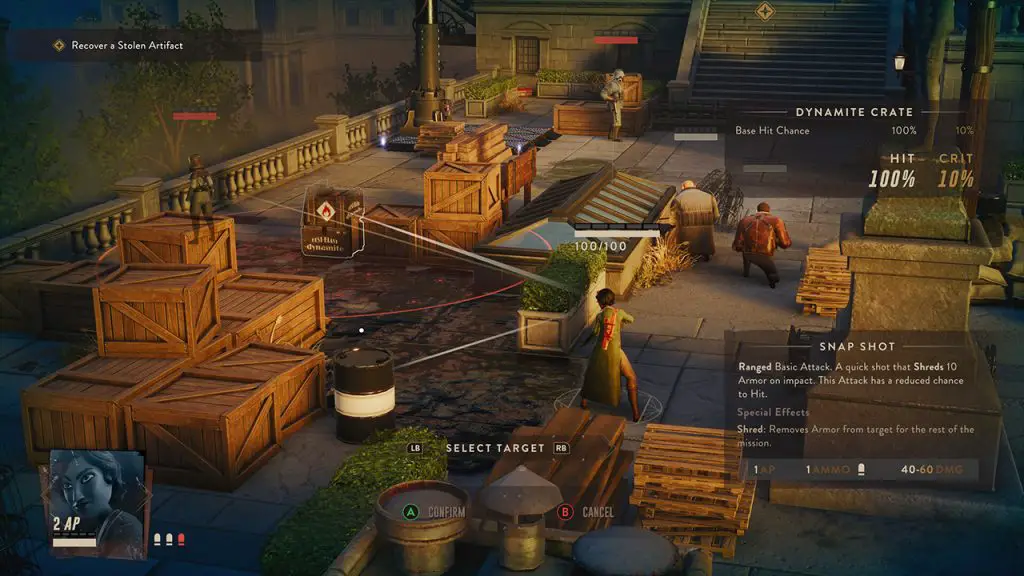

This pulp-1930s tactics adventure drips with style: smoky jazz clubs, ancient cults, and a band of misfits racing to stop the Banished Court’s world-domination scheme.
Developed by Harebrained Schemes and published by Paradox, it mixes real-time infiltration, sneaking, scavenging, and setting traps, with turn-based combat straight out of the XCOM playbook.
Between missions, your crew regroups in a lavish hideout, trading banter and plotting their next move, a touch that makes the world feel alive.
The alternate ’30s setting and graphics are gorgeous, and those quiet base moments are pure comfort for a strategy fan. But the three-character limit on missions and the brutal late-game difficulty spike turn excitement into frustration.
I love Lamplighters for its atmosphere and early-game magic, but the punishing curve keeps it at #9 instead of climbing higher. Maybe that’s why the game never really took off, and why Paradox and Harebrained Schemes eventually parted ways.
#8 – Age of Wonders 4 (2023)
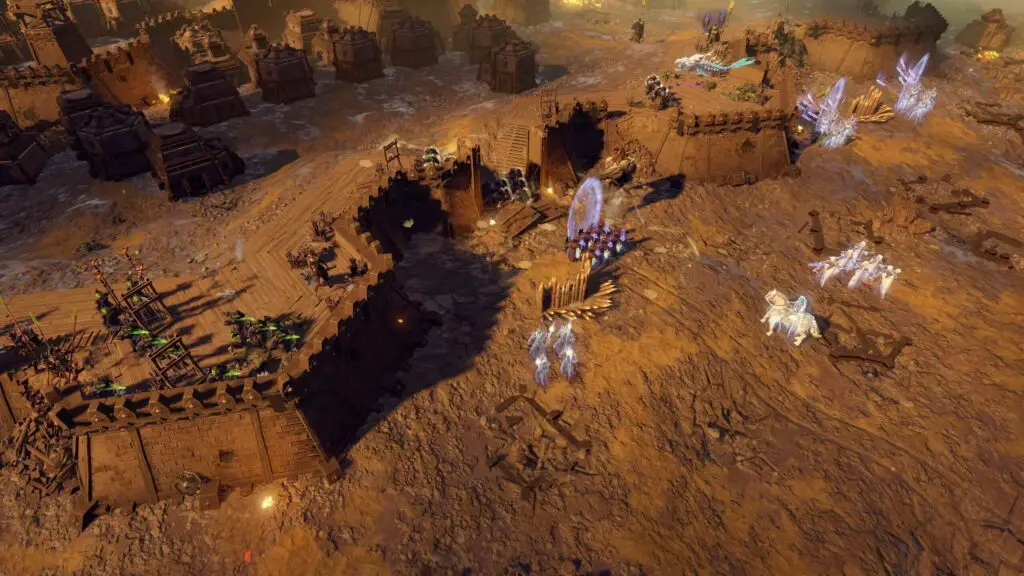

Age of Wonders 4 feels like a love letter to high fantasy world-building. Released in May 2023 by Paradox Interactive, it lets you craft your own faction, choosing from dozens of races, traits, and magical tomes, then march across Athla and the Astral Sea in search of godlike power.
The game looks gorgeous, the lore runs deep, and the soundtrack soars with that sweeping fantasy energy. Combat hits all the right notes, sieges, morale swings, and spell effects that light up the battlefield.
At first, it’s everything a strategy junkie could ask for: stunning maps, endless customization, and the rush of carving out your own empire. But somewhere in the mid-game, the excitement starts to dull.
Battles drag, turns stretch on, and what once had me glued to the screen starts feeling like homework. Sure, I could auto-resolve, but then why bother playing? That creeping fatigue is why Age of Wonders 4 lands at #8 instead of higher. Gorgeous and ambitious, but it can’t quite keep me hooked through the final act.
#7 – Wasteland 3 (2020)
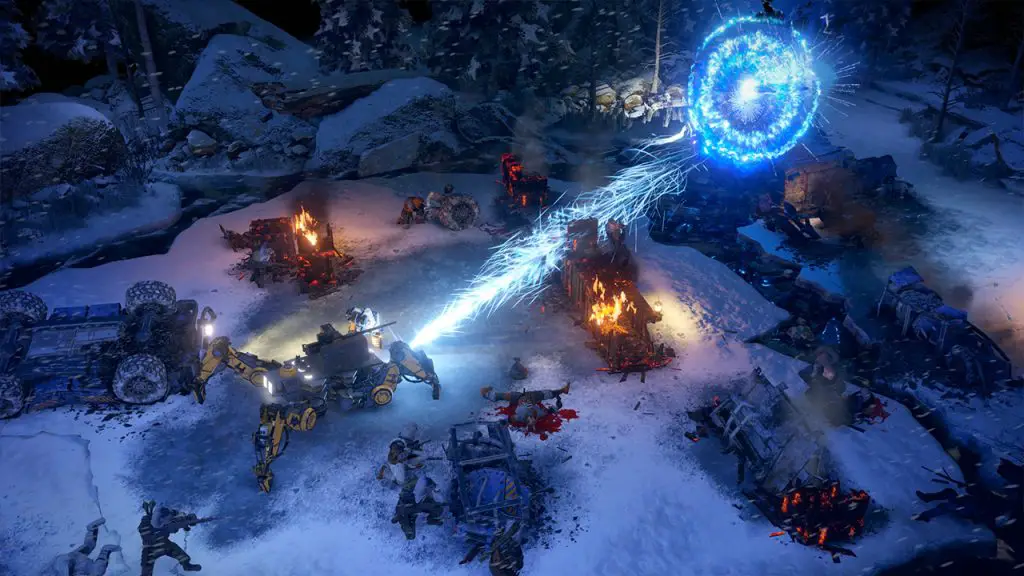

Developed by inXile Entertainment and published by Deep Silver, Wasteland 3 drops you into a frozen, post-apocalyptic Colorado where survival is as much about politics as bullets.
You lead what’s left of Arizona Ranger Team November after an ambush, forced to work for the brutal Patriarch in exchange for desperately needed resources.
Choices matter; every decision can reshape Colorado’s settlements, spark rebellion, or cement tyranny. You’ll track down the Patriarch’s warring heirs, uncover betrayals, and decide whether to uphold your deal or light the match that burns it all down.
The game mixes turn-based squad combat with deep RPG elements, co-op options, and even a vehicle to roam the icy wasteland.
It looks gorgeous; those snow-dusted ruins and neon-lit outposts ooze atmosphere. I first fired it up on my new ROG gaming laptop to put the machine through its paces, and it ran like a dream.
The combat, integrated seamlessly into exploration, is solid, but I still prefer the cleaner XCOM system. And with its heavier RPG leanings, Wasteland 3 didn’t quite grip me the way pure tactics titles do. A beautiful, ambitious game, but that’s why it lands at #7.
#6 – Empire: Wargame of the Century (1987)
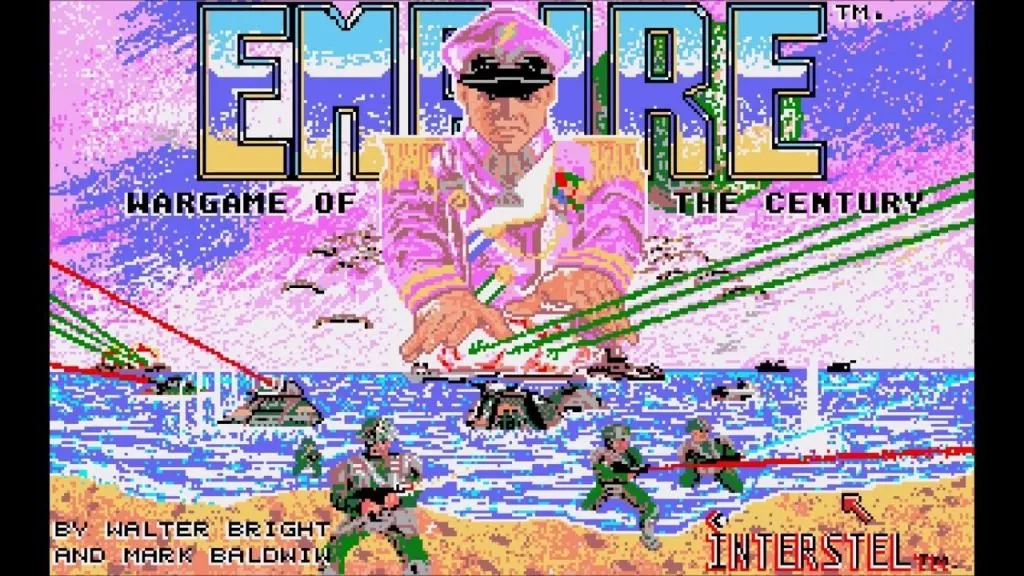

Before flashy 3D engines and cinematic cutscenes, there was Empire: Wargame of the Century, the game that kickstarted my computer gaming obsession.
Developed by Walter Bright and refined by Interstel, Empire turned the simple idea of world conquest into something dangerously addictive. The Krellan backstory and WWII-era units gave it a hint of sci-fi flavor, but at its core, it was pure strategy: moving tanks, capturing cities, and watching your influence crawl across the map.
The graphics were primitive, but for me, coming straight from board games like Risk, Axis & Allies, and Fortress America, seeing my tanks march across a screen felt like magic.
The gameplay was deep, intuitive, and had that “just one more turn” pull that stole entire evenings. Empire proved you don’t need eye candy, just solid mechanics and a world to conquer. It was the first computer game I ever played, and it set the hook for a lifetime of digital warfare.
#5 – Sid Meier’s Civilization (1991–Present)
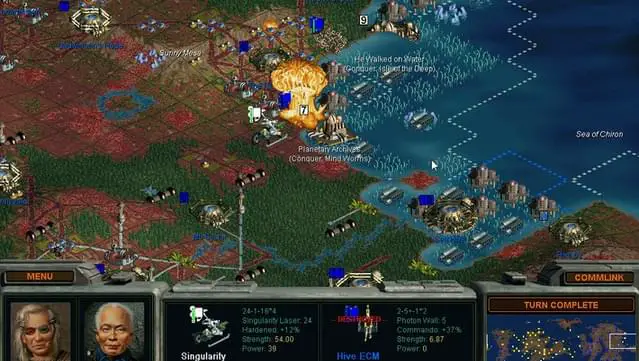

When Civilization first landed in 1991, I was floored. A game that lets you guide an empire from the dawn of time to the space age? That was strategy heaven, city-building, tech trees, diplomacy, and world conquest all rolled into one.
Sid Meier’s masterpiece defined the 4X genre, and every sequel looked better and added new tools to write your empire’s story.
But as much as I adored it, the AI was hopeless. I could leave my cities completely undefended, no garrisons, no armies, and the computer players would politely ignore them while I steamrolled their capitals.
That flaw persisted through sequel after sequel. The visuals improved, the features multiplied, but the AI stayed… let’s just say strategically challenged.
I haven’t even touched Civ VII yet, partly because the AI still sounds dumber than a bag of hammers, and partly because I’m not thrilled with what they’ve done to the Ages system, and let’s not forget the insane price point.
Maybe if Firaxis tweaks things back, I’ll reconsider, or if it ever goes on sale. Until then, Civilization holds a special place in my heart as the game that made me believe I could rule the world, until its digital rivals reminded me, they couldn’t plan an ambush to save their lives.
#4 – King Arthur: Knight’s Tale (2022)
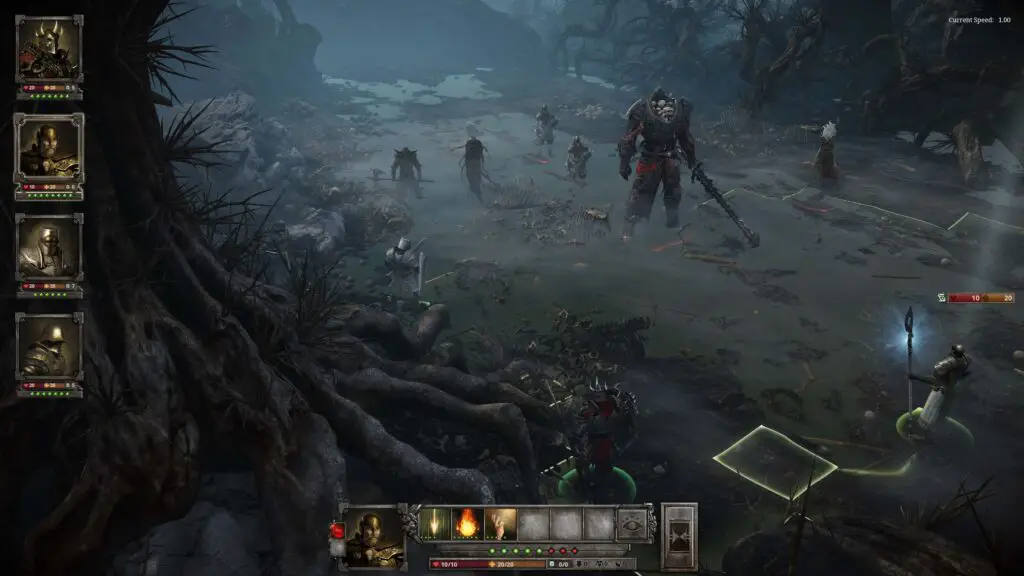

I stumbled onto King Arthur: Knight’s Tale last year while hunting for something fresh, and it blindsided me in the best way.
Developed by NeocoreGames, this dark fantasy retelling of Arthurian legend flips the script: you control Mordred, resurrected by the Lady of the Lake to stop a corrupted King Arthur and his nightmare army.
The game blends turn-based tactical combat with RPG elements. You manage Camelot, upgrade knights, and make morality choices that shift your kingdom between Christianity vs. paganism and tyranny vs. benevolence, all while juggling your roster of heroes.
The graphics are gorgeous, and the story grabbed me far more than I expected. The combat system is simple but powerful, making each encounter satisfying without bogging you down.
After XCOM, this was the first game in years that had me glued to the screen day after day until I finished it. The one downside? Some battles start to feel repetitive. And while there’s a stand-alone expansion, Legion IX, I’ve skipped it; word is, it’s a stripped-down retread of the first game.
Repetitive missions aside, Knight’s Tale surprised me with its atmosphere, challenge, and fresh take on Arthurian lore. It’s easily one of the most enjoyable tactical RPGs I’ve played in years, worthy of #4.
#3 – Phantom Doctrine (2018)
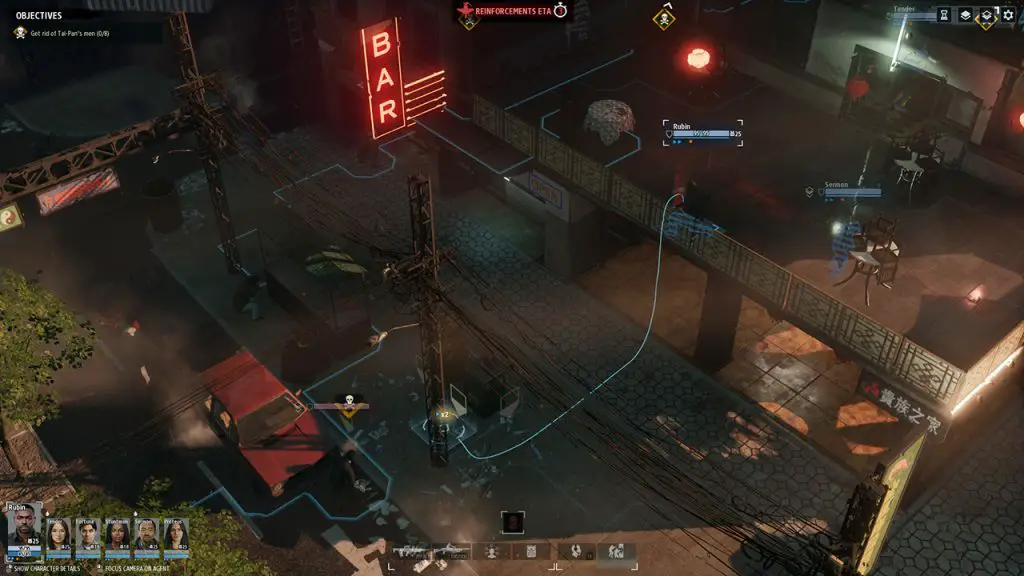

Set in an alternate Cold War of 1983, Phantom Doctrine throws you into a paranoid world of secret cabals, brainwashing, and covert ops.
You play as a former CIA, KGB, or Mossad agent who uncovers a global conspiracy known as The Beholder Initiative.
Their master plan, Project Iceberg, would enable them to decrypt and alter government communications in real-time, effectively rewriting reality on a whim. To fight back, you form The Cabal, a rogue spy network that recruits agents, uncovers leads, and sabotages Beholder’s schemes, all while being hunted yourself.
The game nails the spy-thriller vibe: coded messages, double agents, and high-stakes infiltrations.
The missions are tough, sometimes brutally so, and the interface feels overwhelming at first, but once it clicks, you genuinely feel like you’re running an international espionage ring. The constant plane-hopping between destinations can get tedious, but when the action starts, it’s tense, gripping, and unforgettable.
Despite its brilliance, Phantom Doctrine never got the love it deserved. The studio hit financial trouble, and post-launch support was thinner than it should’ve been. Still, for Cold War spy junkies who love a challenge, it’s one of my all-time favorites, a hidden gem that deserves more recognition.
#2 – XCOM: Enemy Unknown (2012)
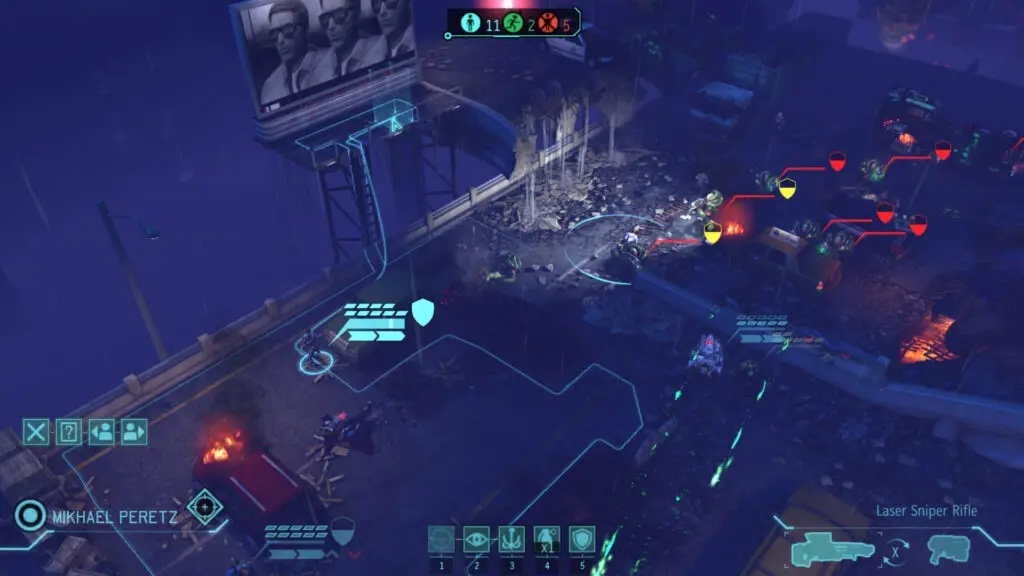

Turn-based tactics royalty, XCOM: Enemy Unknown didn’t just revive a dormant franchise; it resurrected an entire genre. Developed by Firaxis and published by 2K, this 2012 reboot puts you in charge of XCOM, a multinational paramilitary force defending Earth from an alien invasion.
Between tense missions, you manage research, build tech from salvaged alien gear, expand your base, and make gut-wrenching decisions about where to deploy your limited forces.
I still remember walking into a computer store back in 2012, asking the clerk for a strategy recommendation. He suggested XCOM: Enemy Unknown, and I passed. Four years later, on a trip to Italy, I saw videos of XCOM 2 and thought, “Wait… maybe I should start with the first one.”
By then, I’d had a Steam account since 2013, so I grabbed Enemy Unknown, and wow. I was in Tropea, soaking up sun on the beach, but all I could think about was getting back to my hotel room late at night to play.
The magic of XCOM is how personal it becomes. You name your soldiers, level them up, and then watch, heart in throat, as one bad move gets them vaporized.
I got attached to my squad; they weren’t just pixels; they were my team. The suspense, the losses, the triumphant missions, it all felt real. Enemy Unknown isn’t just one of my favorite games, it’s one of the best games ever made. The only reason it isn’t #1 is because one title barely edged it out.
#1 – XCOM 2 & War of the Chosen (2016 / 2017)
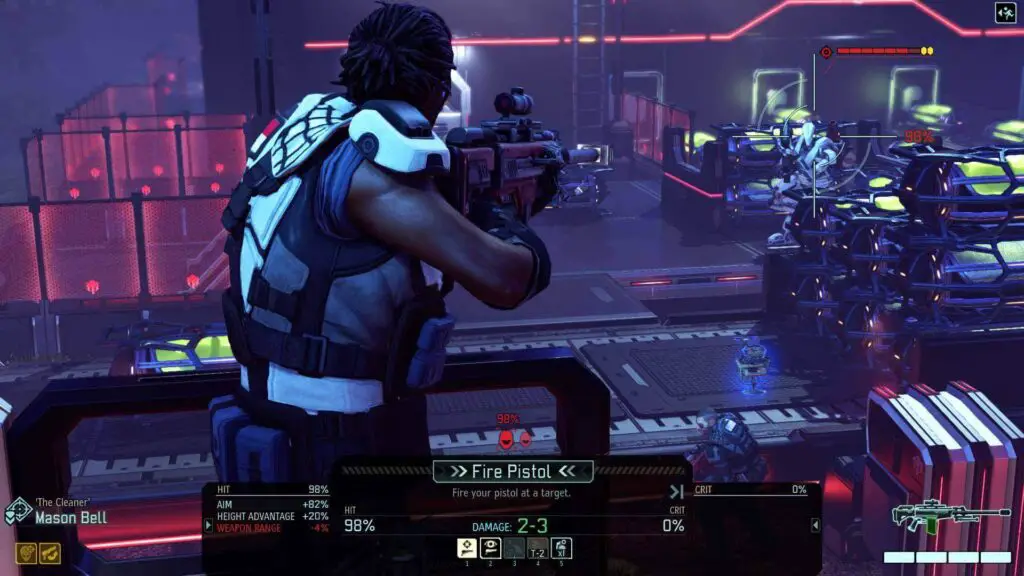

After Enemy Unknown had already changed the way I looked at strategy games, XCOM 2 felt like stepping into another universe, one where I wasn’t just defending Earth, I was part of a desperate resistance on a planet already lost to the aliens.
From the opening cinematic onward, it hooked me. I’ve always loved resistance stories in film, the ragtag fighters hiding in shadows, outnumbered but unbroken, and XCOM 2 dropped me right in the middle of that kind of movie.
Firaxis didn’t just upgrade the graphics; they rebuilt the experience. The tactical missions were sharper, the stakes higher, and the guerrilla warfare setting made every decision feel personal.
The Avenger, your mobile base, felt alive. Every briefing, every poster of your custom soldiers plastered on occupied walls, pulled me deeper into the fantasy that I was humanity’s last hope.
Then came War of the Chosen, and it was like the game read my mind and handed me everything I didn’t know I wanted.
The three Chosen were brilliant additions: elite alien champions who stalked your squad, mocked you mid-battle, and came back angrier even after you “killed” them.
Taking down their strongholds was as satisfying as any boss fight I’ve had. The rebel factions added fresh tactical layers, covert ops, and hero units that made every mission feel new.
I was obsessed. I played for hours on end, day after day. Even on vacation, like that trip to Italy where I first discovered Enemy Unknown, XCOM was on my mind. Over the years, I’ve logged nearly 3,000 hours in XCOM 2 and War of the Chosen.
I grew attached to my soldiers, mourned their losses, and celebrated their triumphs. This wasn’t just a game; it was another life I could step into whenever I needed it. Aside from my son, this game might honestly be the love of my life.
But then came the heartbreak. Jake Solomon, the man behind XCOM’s rebirth, pivoted to make a life-sim game. Meanwhile, the XCOM faithful are left waiting, hoping, praying.
So here I am, like some digital zealot, praying for XCOM 3. If it never comes, maybe Earth really will have to get invaded, so I can gather a squad, grab my plasma rifle, and finally live out XCOM 3 in real life.
Until then, XCOM 2: War of the Chosen reigns supreme, the pinnacle of turn-based tactics, and the game that stole my heart for 3,000 unforgettable hours.
